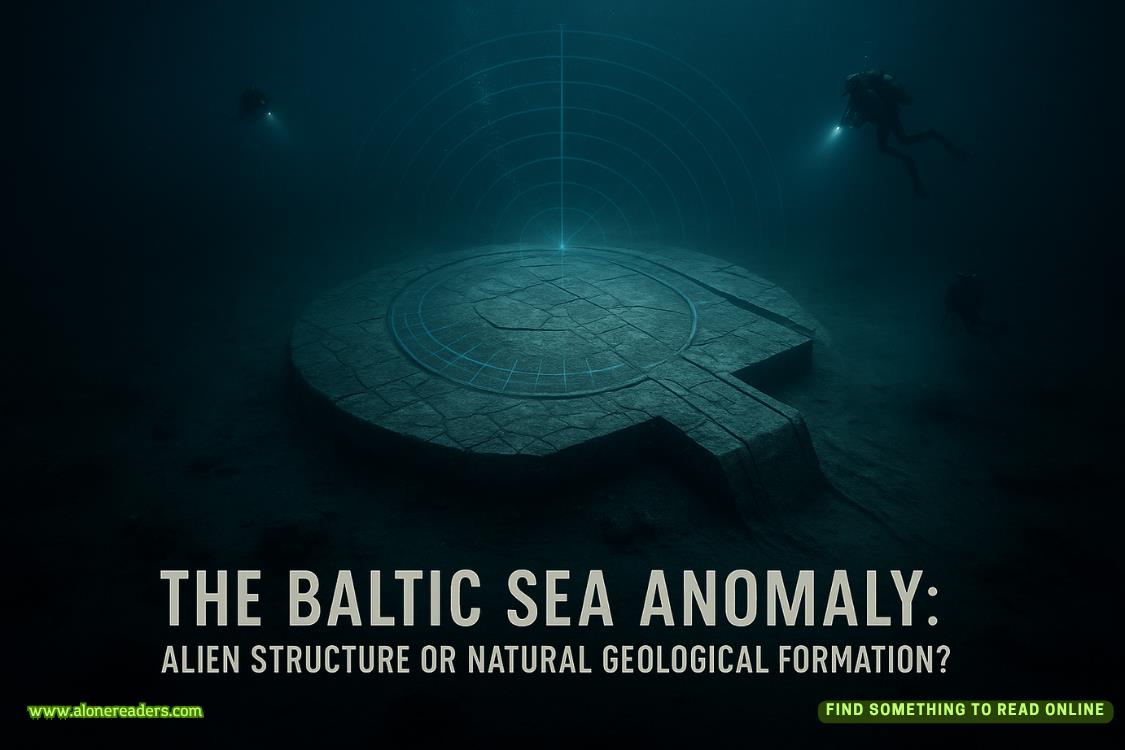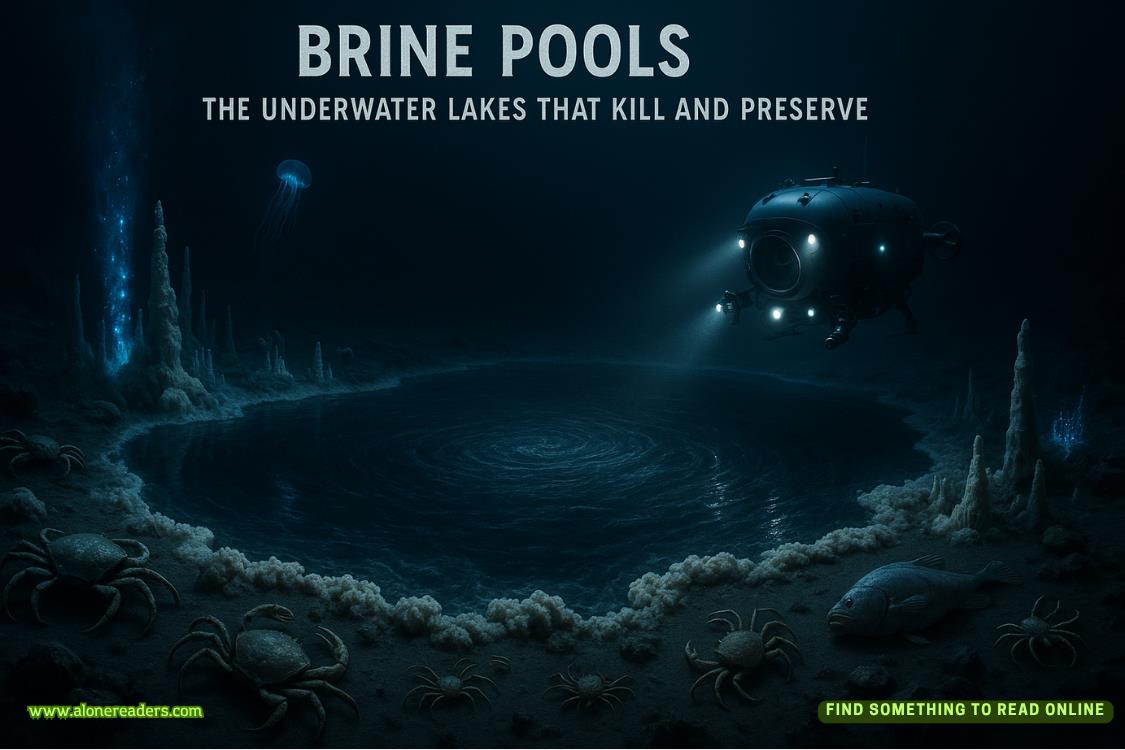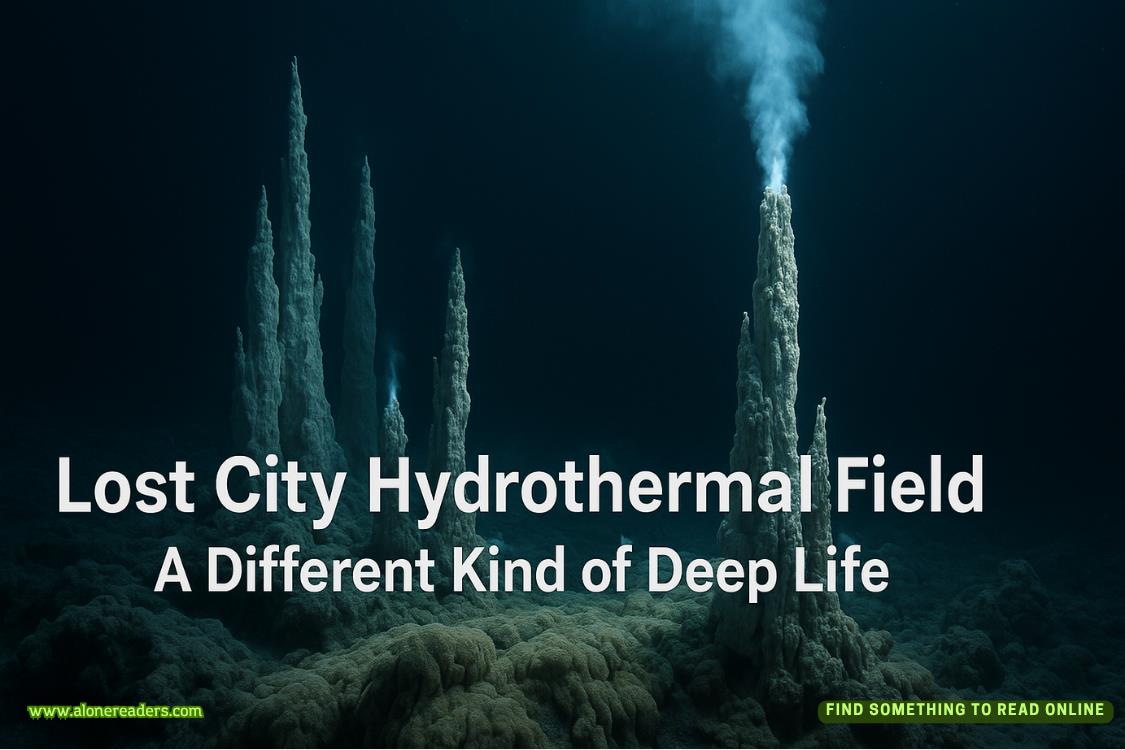Page 10 of All the Queen's Men (CIA Spies 2)
“That’s true of other professions: the elite military teams, certain construction workers. They marry, have families. I did.”
“Your circumstances were different.”
Because Frank hadn’t worked in black ops, he meant. John was a specialist in those missions that never saw the light of day, financed by funds for which there was no accounting, no records. He took care of what needed to be handled without the government becoming involved, to preserve deniability.
Frank had been considering broaching a subject with John, and now seemed like a perfect time. “Your circumstances can be different, too.”
“Can they.”
“I don’t plan to die in harness; retirement is looking more and more attractive. You could step into my place without ever losing a beat.”
“DDO?” John shook his head. “I operate in the field; you know that.”
“And you know that you can operate wherever you choose. You’re a natural for the job. In fact, you’re better suited for it than I was when I took over. Think about it for a while—” The phone rang, interrupting him, and he broke off. The call wasn’t unexpected. He lifted the receiver, spoke briefly, then hung up. “An agent is bringing the report over.”
The chess game was forgotten, the real reason for their meeting taking over. Since Flight 183 went down the week before, the FBI and NTSB had been combing the rugged Carolina mountains collecting fragments, trying to piece together what had happened. Two hundred sixty-three people had died, and they wanted to know the reason. There hadn’t been any unusual radio traffic; the flight had been routine, until the plane fell from the sky. The flight recorder had been found and preliminary reports said that the pilots hadn’t indicated anything was wrong. Whatever had happened had been instant, and catastrophic—and therefore suspicious.
From one of his untold shadowy sources, John had heard whispers there was a new type of explosive device that airport X-ray machines couldn’t detect, not even the CTX-5000 machines such as were used in Atlanta. He notified Frank, who quietly set about getting all the information available on Flight 183 as soon as NTSB and the FBI gathered it.
The crash site was difficult to work. The terrain was mountainous, heavily wooded, without easy access. The wreckage was strewn over an enormous area. Bits and pieces, both metal and human, had been found in treetops. Teams had been working nonstop for a week, first gathering the human remains and turning them over to forensic specialists for the almost impossible task of identification, then searching for even the smallest piece of the aircraft. The more pieces they found, the more
complete the puzzle would be, and the more likely they were to discover what happened.
Fifteen minutes later an agent knocked on Vinay’s door, rousing Kaiser. John remained in the library, out of sight, while Frank, with Kaiser beside him, collected the report.
Frank had requested two copies of the report, and on returning to the library he gave one to John. He sank back into his chair, his brow furrowed as he read. The report wasn’t reassuring.
“Definitely an explosion. That wasn’t really in doubt.” People in the area had reported hearing an abrupt boom and seeing a bright flash. Whether or not anyone actually had seen anything was open to speculation, since the plane had gone down in the mountains where there wasn’t a good line of sight in any direction. People generally didn’t go around staring at the sky, though if the afternoon sun had glinted off the plane and caught someone’s attention at just the right moment it was possible to have seen the actual explosion. More than likely, though, on hearing the noise, people had looked around, seen the smoke and arcing debris, and their imaginations took it from there and convinced them they had seen one hell of a fireball.
Rumors had immediately started that Flight 183 had been shot down by a missile. Congressman Donald Brookes, the House chairman of Foreign Relations, had been on Flight 183. Someone had to have wanted him dead for some reason, though all the reasons popping up on the Internet had been farfetched, to say the least. Proof of the plot, the missile theorists said, was that Congressman Brookes, who lived in Illinois, was reportedly going on vacation but for some reason was on a flight originating in Atlanta, instead of Chicago. That was obviously suspicious. Even after it was revealed that the Brookes’s oldest son lived in Atlanta and they had visited him for a couple of days before leaving for Europe, the bring-down-a-plane-to-get-one-man theory persisted.
There was, however, no evidence of a missile. The pattern of rupture in the metal, plus the burn patterns and residue on the pieces of fuselage, all gave evidence that Flight 183 had been brought down by an internal explosion that had literally ripped the plane apart, blowing out a huge section of the fuselage and all of the left wing.
Preliminary chemical analysis indicated plastique. They had not, however, found any evidence of a detonator. Even in such a catastrophic explosion, microscopic and chemical evidence would have remained; if something existed, then it left its print.
“To have done this much damage, the bomb had to have been sizeable; the machines in Atlanta should have detected it.” Frank was deeply worried; all luggage for the flight had been inspected, either by machines or humans. If, as John thought, the device was undetectable by their current technology, then they had a big problem on their hands.
Every piece of luggage, both checked and canyons, would have to be hand searched, but airlines weren’t the only ones vulnerable. The possible applications of such a device were staggering. It could be used in mail bombs, to destroy federal buildings—any public building, actually—disrupt transportation and communication. No one in America paid much attention to the security of bridges, either, but let a few of them come down and traffic would grind to a standstill.
The explosive could have been disguised as something else and slipped through the machines in Atlanta. The system failed occasionally; nothing was foolproof. There should still, however, have been evidence of the detonator. They should have found a radio, or a mercury switch, or a simple timer—anything by which the explosion could be triggered. The detonator was actually how most bombs were spotted, because they were more easily detected when scanned.
John rubbed his lower lip and tossed the report onto Frank’s desk. He had been most interested in the chemical analysis. The explosive found had some components in common with plastique, but there were some anomalies. “I’m thinking R.D.X.” R.D.X. was cyclonite, or composition C-l. By itself it was too sensitive to handle, so it was usually mixed with a plasticiser, which would give it some of the same chemical elements as plastique. R.D.X. could be molded into any shape including shoelaces.
Frank looked up. “How? You know how luggage and packages are thrown around; an unstable explosive would have detonated on the ground.”
“But what if it wasn’t originally unstable? What if the compound deteriorates, and sets off a chemical reaction that causes it to explode? If you know the rate of deterioration, the explosion could easily be timed.”
“Something that starts out as stable as plastique, but deteriorates and becomes its own detonator? Son of a bitch.” Frank closed his eyes.
“There’s always the chance some lone sociopath in a lab somewhere cooked this up, but what I’m hearing is that it came out of a top-secret lab in Europe.”
“IRA?”
“I’m sure they would be standing in line to buy, but I haven’t picked up any hints that they bankrolled the development.”
“Who, then?”
“Take your pick; we aren’t short on candidates.” Terrorist groups proliferated all over the world. There were at least twenty-five hundred known organizations; some came and went, others had thousands of members and had been around for decades.















